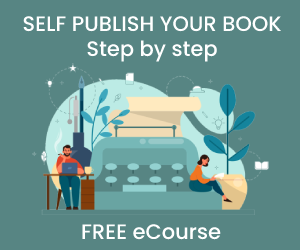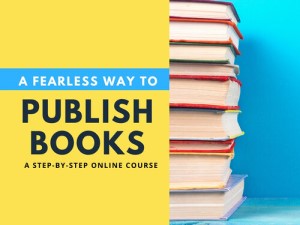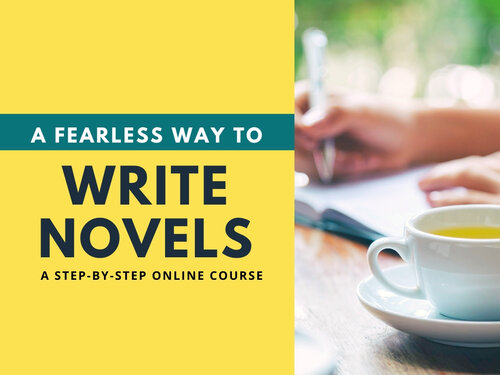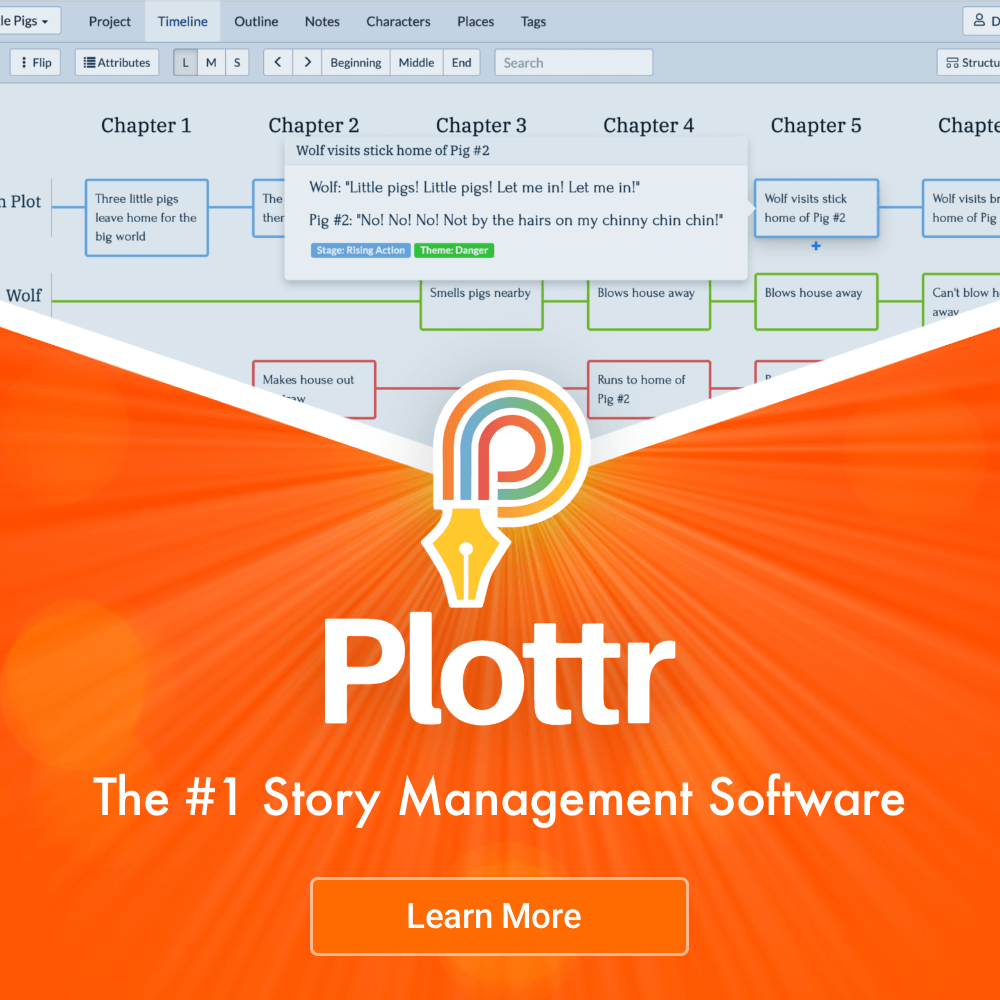You’re finally done it – you’ve sat down and written your first (or fiftieth) book. Congratulations! You’ve officially joined the ranks of the elite “published authors club”. However, unless you’re already a well-known author, you might find that your books aren’t exactly flying off the shelves as you hoped. This is completely normal – and it’s not a reflection of your work. Your target audience is out there, you just need to get the word out to them. The main way most authors do this is through ads. In this article, we’ll go through three of the main ways you can start advertising your books so you can see some returns on your investment.
Method 1: Amazon Ads.
The first way is through Amazon’s Marketing Services. Note that this is only applicable if you’re selling your book on Amazon’s marketplace.
You can choose between two types of ads: Sponsored Products and Lockscreen Ads.
Sponsored Products actively promote your book to shoppers who are searching for keywords related to your product or are viewing similar products.
Lockscreen Ads are displayed based on a shopper’s interests. For example, a shopper who enjoys mystery novels is likely to see recommendations for these novels when they unlock their Kindles to start shopping for books.
You can usually tell these apart from sponsored products as they come with the label “Like this product? You’ll love this”.
You’ll also need to know how to find and use relevant keywords in your product descriptions to help your book rank higher in search rankings.
Should you use Amazon Ads?
Reasons you should:
- It’s one of the easiest ways to advertise your eBook if it’s already on the marketplace.
- Amazon is always growing – which means increasing numbers of consumers are continually arriving on the platform and looking for products.
- Amazon buyers are browsing on the site with the intention of buying. This makes advertising on Amazon much easier than advertising on other social media platforms. For example, with Facebook Ads, people need to be convinced to click on a link to look at your product, while people on Amazon just need to pop over to your store to see what you offer.
- You don’t need to create your own graphics. While you will need to write up your own sales copy, the platform will automatically create an ad image from your book cover.
Reasons you shouldn’t:
- You’ll need to be very patient. Like most other advertising strategies, you shouldn’t expect quick results. Expect a period of trial and error where you have to pivot your approach to find out how to best optimist your ad.
- There’s a learning curve. There are entire online courses dedicated to teaching you the ins and outs of advertising on the platform – which goes to show how nuanced it is. Learning to use keywords properly, getting used to all the phrases (CPC? ACos?), it’s definitely not for the faint of heart.
Method 2: Bookbub Ads.
For those of you that can never decide on the next title to devour, this is for you. Bookbub is a whole ecosystem that helps readers discover new books. There are three ways it does this – featured deals section through targeted mailouts, PPC ads and book reviews. We go over each of them below.
Featured deals in the newsletter. Authors can submit their books to the Featured Deals section for free. If their book is accepted, they will need to pay BookBub for the feature – generally, the more popular a genre is, the more the featured deal will run them. Here’s the catch though: It’s a very difficult opportunity to land. There are numerous requirements your book needs to meet before it can be considered and meeting the requirements doesn’t promise you a spot in their newsletter. If you do get featured though, you can expect an uptick in sales from readers who subscribe to BookBub’s newsletter.
PPC Ads. Didn’t get your book into the featured deals section? No worries – just use PPC ads to get your book into their newsletter. Each ad gets you a full-sized image of your book cover, along with a short blurb of your book and a link that buyers can click on. When you consider this newsletter reaches thousands each month, the potential for increasing your sales is very real.
Reviews. Finally, reviews. These refer to customers who have bought your book and want to leave their feedback on them. Naturally, more 5-star reviews will lend you a more favourable position on the platform.
Method 3: Facebook Ads.
Last but certainly not least, we have Facebook ads. Billions of people use Facebook every single day. A good number of them are used to seeing ads on their feeds already, so why not capitalise on that?
If you want to create a highly converting ad on Facebook, you need two things – a scroll-stopping visual with killer copy and targeting the right audience.
How do you make a good ad? Most people aren’t copywriters and even fewer are proficient with Photoshop. There are tools that help like Canva and the more author focused Book Brush. However, if you have a budget to outsource there are freelancing sites like Fiverr and UpWork or you can find a more seasoned professional over on the Reedsy marketplace.
Targeting the right audience. Facebook offers you a granular level of control over your ad campaigns – a level of control that’s unheard of on other platforms. You can customise your ad to target specific cities, genders and ages. If your book is within a smaller niche, you can even pick interests and hobbies to target. If you know your ideal customer well, Facebook Ads are the way to go.







